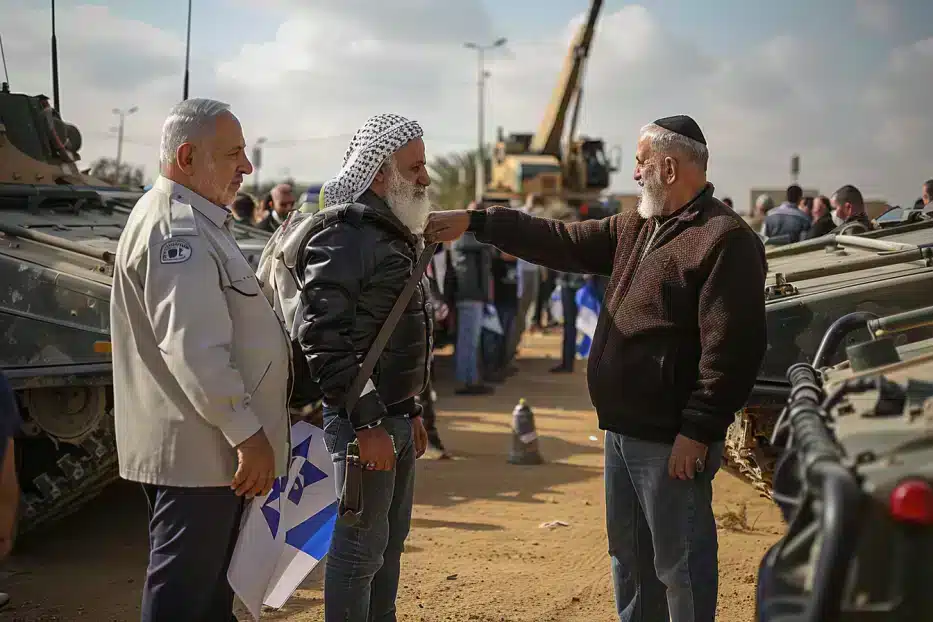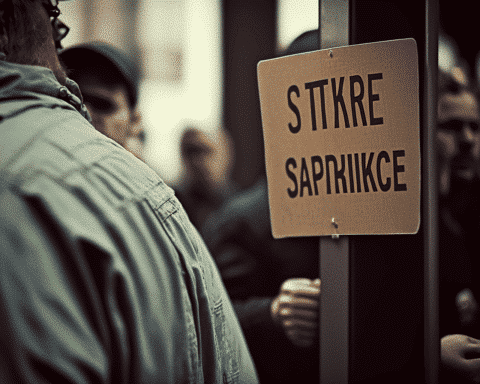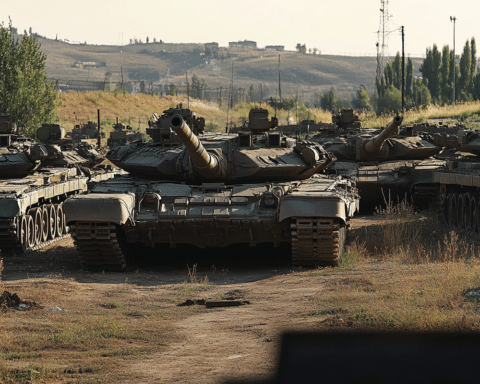As the war between Israel and Hamas enters its fifth gruelling month, a beacon of hope flickers on the horizon. An agreement facilitated by international efforts aims to alleviate the dire situation for individuals on both sides of the conflict. The proposed deal, as U.S. President Joe Biden suggests, could take effect as early as Monday, ahead of Ramadan’s onset around March 10, offering a much-needed respite for the war-torn Gaza Strip and the anxious families of the Israeli hostages.
The Essence of the Emerging Agreement
A detailed plan is unfolding under the watchful eyes of Egypt, the U.S., and Qatar. The deal stipulates a six-week ceasefire during which up to 40 hostages, primarily civilian women, children, and the elderly or ill, would be released by Hamas. In a reciprocal gesture, Israel would free at least 300 Palestinian prisoners. Moreover, displaced Palestinians from northern Gaza, a region ravaged by warfare, would be permitted to return home. This humanitarian gesture is complemented by a significant increase in aid deliveries, promising 300 to 500 trucks of assistance daily.
However, the road to peace is fraught with complexities. Despite President Biden’s optimism, both Israeli and Hamas officials temper expectations, signalling the delicate nature of the negotiations. Key issues remain unresolved, including the specifics of the hostages to be released in the deal’s initial phase and the territorial adjustments in Gaza post-agreement.
The Sticking Points and Negotiation Challenges
Negotiations hinge on sensitive matters, such as the inclusion of all female soldiers in the initial hostage release—a demand Hamas is likely to resist due to its valuation of soldiers as significant bargaining chips. The discussions also cover the demographic and geographic specifics of Palestinians’ return to northern Gaza, the withdrawal of Israeli troops, and Hamas’s military activities.
A particularly contentious point is Israel’s intention to maintain operations in Rafah, a critical area given its population density and strategic significance. The negotiations extend beyond the immediate ceasefire, aiming for a comprehensive deal that might pave the way for a long-term resolution, including the status of female soldiers and the conditions for releasing male soldiers.
The Path Forward
The proposed deal is more than a temporary ceasefire; it is a step toward a broader vision for the future of Gaza and its people. The U.S. envisions a post-war Gaza under the governance of a revitalized Palestinian Authority, moving towards the creation of a Palestinian state—a vision met with skepticism and resistance, highlighting the complexities of regional politics and the deep-seated issues at the heart of the Israeli-Palestinian conflict.
As talks continue, the world watches, hopeful yet cautious. The deal represents a critical opportunity for peace, but the path is laden with challenges. Under the pressure of their constituents and the international community, both sides navigate a delicate balancing act between strategic interests and the humanitarian imperative to end the suffering.
The proposed Israel-Hamas agreement stands as a testament to the possibility of negotiation, even in the darkest of times. While hurdles remain, the collaborative effort underscores a shared commitment to finding peace amid chaos. As the negotiations progress, the international community remains hopeful that this deal will begin a new chapter in pursuing peace and stability in the region.




